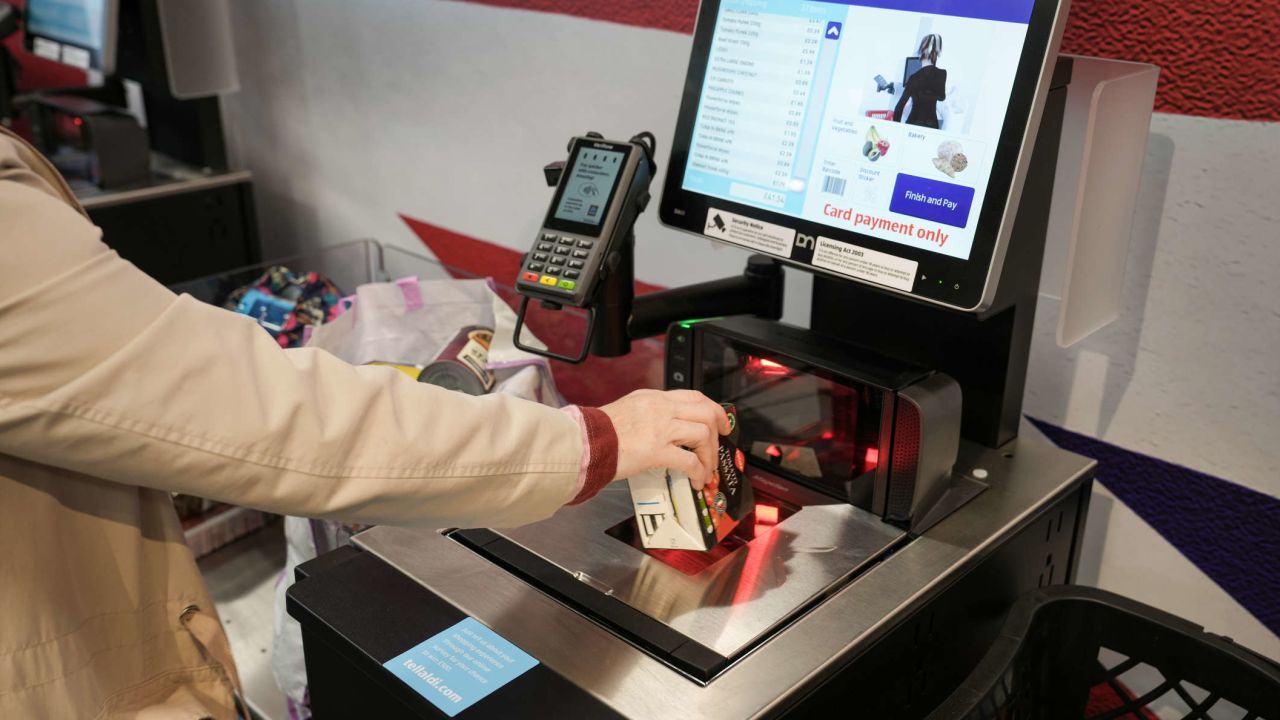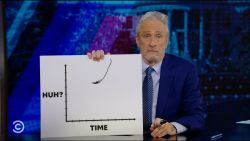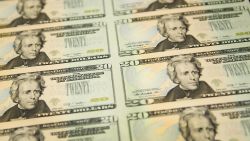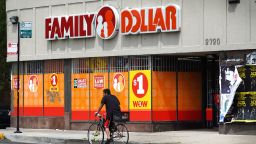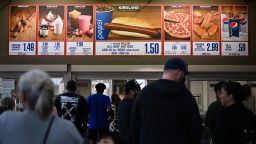These are tough times for two big US dollar store chains. In the past month, Family Dollar said it will close nearly 1,000 stores and 99 Cents Only said it will go out of business.
Both companies said inflation and shoplifting have contributed to their troubles. While inflation has pressured the companies’ low-income customer base and shoplifting has squeezed their profits, those factors alone can’t explain their difficulties.
Years of strategic mistakes and underinvestment have plagued Family Dollar and 99 Cents Only, retail analysts say. Both brands were acquired by other companies and faltered under their new owners.

Family Dollar has around 8,000 stores mostly in cities, and the chain has struggled since Dollar Tree bought it in 2015 for $8.5 billion. Dollar Tree believed acquiring Family Dollar would help it compete against larger rivals. But it misjudged the deal.
Since the “botched acquisition,” Family Dollar “has caused Dollar Tree nothing but hassle,” Neil Saunders, managing director of GlobalData, said in a recent note to clients. “Basically, almost ten years on, Dollar Tree is still sifting through the mess it inherited and has not been able to completely turn around.”
99 Cents Only, a chain on the West Coast and Texas, has also suffered from missteps, including stores that were too large and inefficient to run.
“They never had the right business model. They were never going to get there,” said David D’Arezzo, a former top executive at Dollar General and other retailers.
Here’s a look at what’s gone wrong at both chains.
‘They didn’t know how to run Family Dollar’
Family Dollar will close 600 locations this year, and 370 stores over the next several years as store leases expire. These locations are unprofitable for the company, Dollar Tree CEO Rick Dreiling said on a call with analysts last month.
“Family Dollar is a victim of the macro environment out there,” he said.
But Family Dollar’s woes date back more than a decade. Messy stores, high prices and over-expansion plagued the company, analysts say.
“It’s no secret that Family Dollar’s challenges stem back much much further,” said Kelly Bania, a retail analyst at BMO Capital Markets. “They have massively underinvested in the store base over the last decade or two.”
In 2014, activist investors— including Carl Icahn and Nelson Peltz — pushed Family Dollar to sell itself. A year later, Dollar Tree bought the company.
At the time, Dollar Tree was smaller than Family Dollar. While Dollar Tree and Family Dollar share similar names, they have different strategies.
Dollar Tree is mostly suburban, and caters to middle-income shoppers with party supplies and knickknacks. It acquired Family Dollar — which sells more basic foods and household essentials — to grow with lower-income customers in urban and rural areas.
The combined company hoped that by joining forces it could grow its customer base, reduce costs and fend off bigger retailers like Dollar General, which is located primarily in rural areas.
But analysts say the match between the two different chains was a poor fit, and Dollar Tree has struggled to manage the larger Family Dollar store base.
“When Dollar Tree bought Family Dollar, they didn’t really know what they were doing,” D’Arezzo said. “They didn’t know how to run Family Dollar.”
Family Dollar stores were in worse condition than Dollar Tree management expected, and early strategies to improve sales, such as selling beer, fell short.
Many Family Dollar stores were located too close to each other and cannibalized each other’s own sales, too, D’Arezzo said.
“Family Dollar’s sales have been sputtering, hurt by neglected stores, poor product selection and unhappy workers,” The Wall Street Journal reported in 2018. Family Dollar “needs more work than the company originally thought.”
A year later, an activist investor pushed for a sale of the “underperforming” Family Dollar business, and Family Dollar announced it would close 390 stores.
Even though Family Dollar has renovated thousands of stores in recent years, many stores are still poorly maintained, analysts say. Family Dollar was hit with a record $41.6 million fine by the Justice Department this year for violating product safety standards after selling items that were stocked in a rat-infested warehouse in West Memphis filled with live, dead and decaying rodents.
Dollar Tree and Family Dollar executives say Family Dollar can still succeed, however.
The retail chain has a new CEO and management team, and it has been lowering its prices to draw more customers, adding more private-label brands and investing in the supply chain.
“While we are in the early stages of our transformation journey under our new management team, we are proud of the progress we’ve made to date, and see a long runway for growth ahead for our business,” a company spokesperson said.
A “well-run and well-located Family Dollar store is a powerful retail force,” CEO Dreiling said.
Falling behind
99 Cents Only said that it filed for bankruptcy because “the last several years have presented significant and lasting challenges” in retail, including the impact of the pandemic, inflation and rising shoplifting.
But 99 Cents Only’s challenges stem back further. The retail chain has not been profitable since 2015.
The company has more than 370 stores in California, Nevada, Arizona and Texas — 265 of which are in California. It was taken private in 2011 in a $1.6 billion leveraged buyout, and the company took on even more debt in the following years to stay afloat.
At the time of the deal, 99 Cents Only had the second-highest profit margin and the most sales per square foot among its rivals, Bloomberg reported.
But 99 Cents Only quickly fell behind. The company introduced a strategy to raise the height of shelves, known as Go Taller, but it led to increases in spoiled food and broken products as merchandise fell to the floor, according to Bloomberg.
The company struggled to keep up with larger rivals such as Walmart, Costco and Dollar General, and it lost money every year beginning in 2016. “The increasingly competitive landscape of the discount retail industry continued to take its toll,” 99 Cents Only said in its bankruptcy filing this week.
While competitors expanded, 99 Cents Only’s high debt load left it unable to invest to improve stores, its supply chain or digital strategy.
99 Cents Only was “disadvantaged by limited financial flexibility and inability to devote greater resources to pursue new store growth,” the company said in its filing.
99 Cents Only was also hurt by its store sizes, which were costly to operate, and its focus on low-margin groceries.
The company’s stores are on average approximately 20,000 square feet, more than double the size of a typical dollar store chain.
“It was like trying to run a McDonald’s on five times the size,” D’Arezzo said. “They were doomed.”
